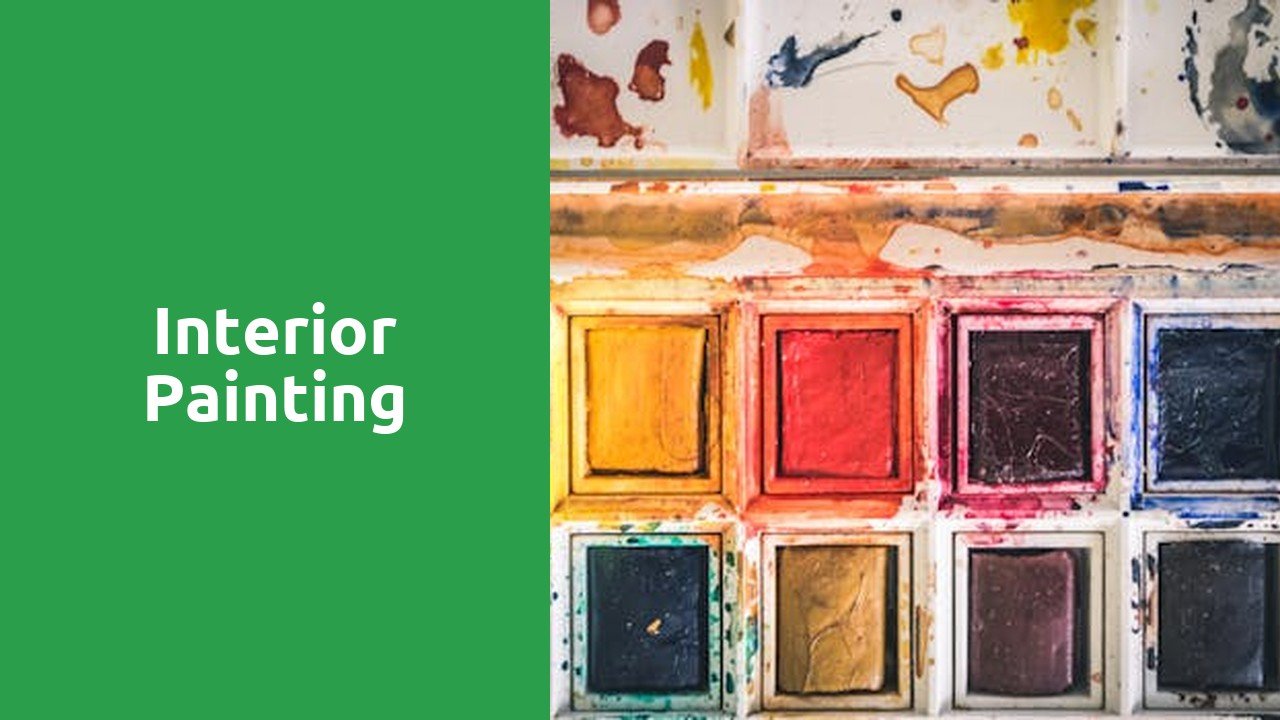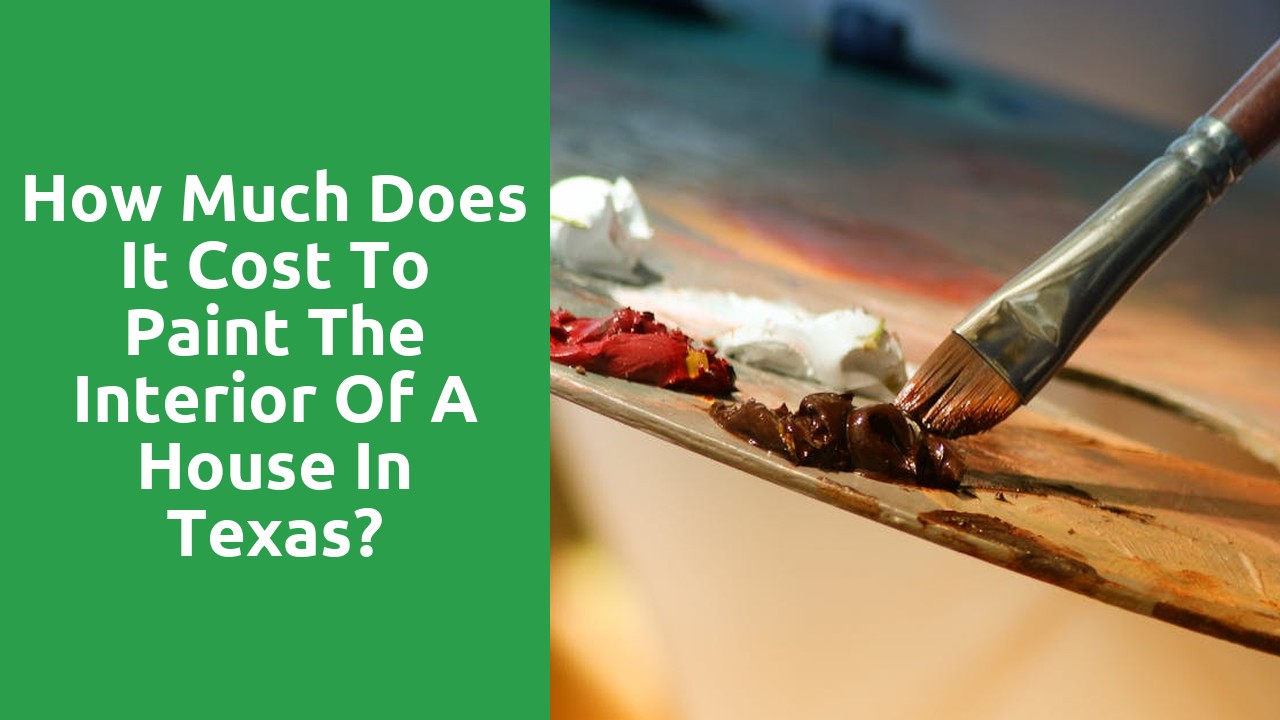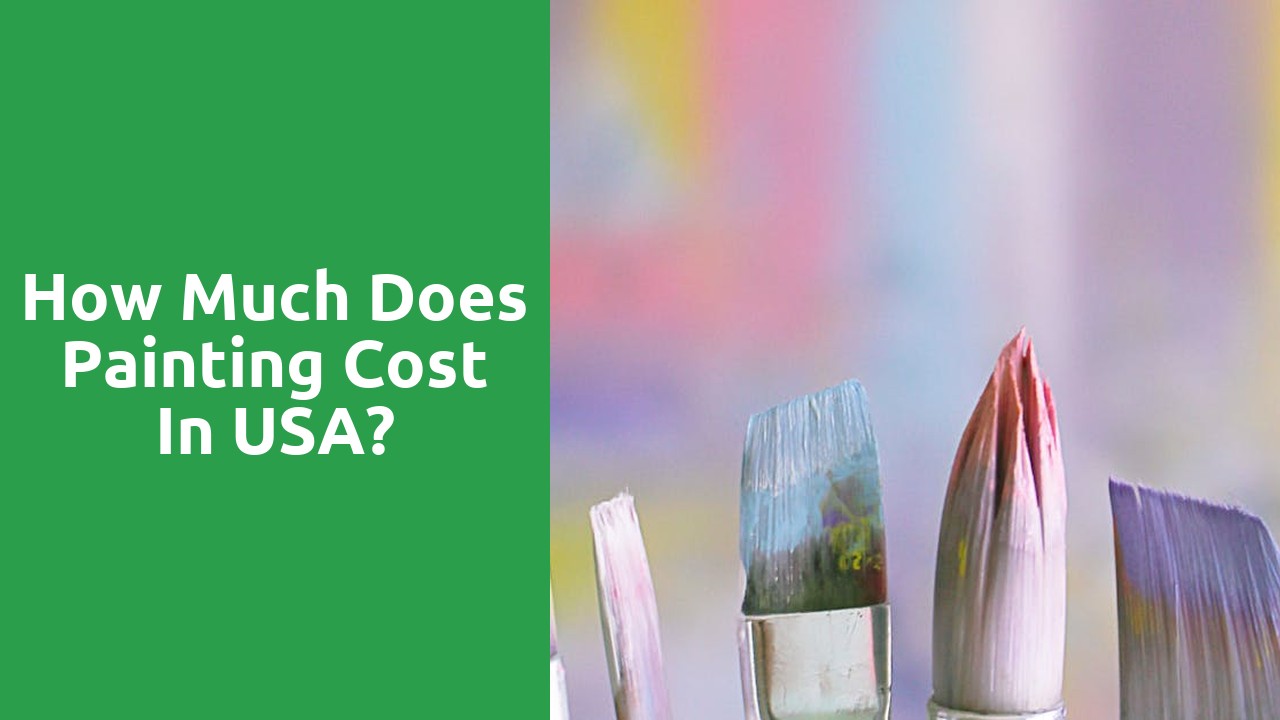
Interior Painting
Painting Services Cypress TX offers a top-notch interior painting service that is second to none. With a team of highly skilled and experienced painters, they are able to transform any room into a beautiful and fresh space. Whether it's a single room or an entire house, Painting Services Cypress TX is dedicated to providing a professional and flawless finish. They use high-quality paints and materials to ensure long-lasting results and customer satisfaction. From color consultation to precise brush strokes, their attention to detail and commitment to excellence make them the go-to choice for any interior painting project.
Dealing with Common Painting Issues
When painting your interior walls, various common issues may arise that can affect the final look of your project. One of the most frequent problems is drips and brush marks appearing on the painted surface. These imperfections can occur due to using too much paint on the brush or roller, not properly blending the paint, or applying too much pressure. To fix drips and brush marks, simply sand down the affected areas gently with fine-grit sandpaper and then repaint the spot with a smooth and even stroke to ensure a seamless finish.
Another common painting issue is uneven coverage, where certain areas of the wall may appear lighter or darker than the rest. This problem can result from not applying enough paint, using a low-quality roller or brush, or uneven drying conditions. To address uneven coverage, make sure to apply a second coat of paint once the first coat has fully dried. Ensure that you are using a high-quality roller or brush to achieve consistent coverage throughout the wall.
Fixing Drips and Brush Marks
If you notice drips or brush marks on your freshly painted walls, don't panic. These imperfections are common and can be easily fixed with a bit of patience and the right techniques. To address drips, gently sand the affected area with fine-grit sandpaper until the surface is smooth. Wipe away any dust with a damp cloth, then touch up the spot with a small amount of paint using a brush or roller, blending it seamlessly with the surrounding area.
For brush marks, the key is to work quickly. If you see brush strokes drying on the wall, lightly sand the area to smooth out the marks. Once the surface is even, repaint the section using long, smooth strokes in the same direction as the rest of the wall. This will help maintain a consistent finish without visible brush lines. Remember, practice makes perfect, so don't be discouraged if it takes a few attempts to get it just right.
Cleaning Up After Painting
Once you have completed your interior painting project, it's crucial to properly clean up the area to ensure a successful finish. Begin by carefully removing painter's tape from trim and borders, making sure not to damage the fresh paint. Use a sharp utility knife to score along the edge of the tape before peeling it off slowly and at a slight angle to avoid tearing or chipping the paint.
Next, gather all your painting tools and materials for cleaning. Rinse brushes and rollers thoroughly with warm, soapy water until the water runs clear. Use a brush comb to remove excess paint and fluff out bristles for future use. Wipe down paint can lids and edges before sealing them tightly to prevent drying out. Lastly, dispose of any leftover paint and solvents responsibly according to local regulations to help protect the environment and keep your home safe and clean.
Storing Paints and Proper Disposal
After completing your painting project, it's crucial to store any leftover paints properly for future touch-ups or repairs. To keep the paint in good condition, make sure the lids are tightly sealed to prevent air exposure that could lead to dryness. Store the containers in a cool, dry place away from direct sunlight and extreme temperatures. This will help maintain the quality of the paint for a longer period.
When it comes to disposing of old or unused paint, it's essential to do so responsibly. Avoid pouring paint down the drain or throwing it in the regular trash, as it can harm the environment. Look for local recycling or hazardous waste facilities that accept old paint for safe disposal. You can also consider donating unused paint to community projects or organizations in need. By following proper disposal methods, you can contribute to a cleaner and healthier environment.
Tips for Maintaining Your Painted Walls
To keep your painted walls looking fresh and vibrant, regular maintenance is key. One crucial tip is to avoid using abrasive cleaning tools or harsh chemicals when cleaning your walls. Instead, opt for mild soap and water to gently remove dirt or stains without damaging the paint. Additionally, be mindful of any scuff marks or scratches that may occur, and address them promptly to prevent further deterioration of the painted surface.
Another important aspect of maintaining your painted walls is to monitor the humidity levels in your home. High humidity can lead to peeling or bubbling paint, so utilizing dehumidifiers or ventilating the space properly can help preserve the integrity of the paint over time. Furthermore, consider investing in high-quality paint to begin with, as superior paint products are more resistant to wear and tear, making them easier to maintain in the long run.
Preventing Fading and Stains
To safeguard your freshly painted walls from fading and unsightly stains, consider a few essential maintenance tips. Firstly, protect your walls from direct sunlight exposure by using curtains or blinds during peak sunlight hours. Ultraviolet rays can cause paint to fade over time, so investing in quality window treatments can prolong the vibrancy of your walls. Additionally, avoid placing furniture or decor items that may cause color transfer onto your walls. Be mindful of items that could potentially leave marks or stains and take preventive measures to keep your walls looking pristine.
Another effective way to prevent fading and stains is to promptly address any spills or marks on your walls. Keep a gentle cleaning solution handy for quick spot cleaning - a mixture of mild dish soap and water often does the job without damaging the paint. Remember, it's crucial to attend to spills immediately to prevent them from setting and becoming more challenging to remove later. Regularly inspect your walls for any signs of damage or discoloration, and address them promptly to maintain the beauty of your painted surfaces.
FAQS
How do I fix brush marks on my painted walls?
To fix brush marks, lightly sand the affected area with fine-grit sandpaper and then apply a fresh coat of paint using a high-quality brush or roller.
What should I do if I notice drips on my walls after painting?
If you notice drips, wait for the paint to dry completely before sanding them down gently. Once smooth, touch up the area with the same paint color to blend it in.
How should I clean up after completing an interior painting project?
Clean your brushes, rollers, and other painting tools with warm, soapy water for latex paint or paint thinner for oil-based paint. Dispose of any leftover paint properly according to local regulations.
How can I properly store leftover paint for future touch-ups?
Store leftover paint cans in a cool, dry place away from direct sunlight and extreme temperatures. Make sure the lids are tightly sealed and label each can with the paint color and date of purchase.
What are some tips for maintaining newly painted walls?
Avoid using harsh chemicals or abrasive cleaners on painted walls to prevent fading and stains. Regularly dust or gently wipe down walls with a damp cloth to keep them looking fresh.


